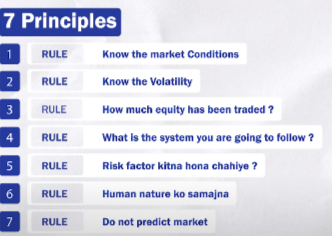Turtle Trading is based on purchasing a stock during a breakout and quickly selling on a retracement or price fall.
1980s Richard Dennis’s strategy
- Following market trends
- Sizing positions appropriately
- Engaging in systematic trading practices
- Remaining adaptable
Strategy 1 donchian channel (bollinger band, mvoing average channels)
20days low & high short term
Entry: 20 day high breakout
Stoploss: half of the band
55 days long term
is dennis richard works in 2024
21 days moving average still works. try for 2o days then leave it. also selecte fundmentally strong and trend follwoing stocks to get more probability try CANSLIM Strategy for fundamental strong and then follow technicals.
Trend following Moving averages
heavily on employing technical indicators and analyzing charts over an extended period to track and capitalize on market trends.
stocks above 50 days moving average, sell when it crosses below 50 day moving average.
you may tweak 20 day, 100, 200
Average True Range (ATR) along with adherence to the 1% risk rule.
Position Sizing: Controlling Risk 1% rule
- not risking more than 1% of an account on a trade
Entry and Exit Rules
enter a trade when the market broke out of a range and then use trailing stop-loss orders to lock in profits and limit losses.
moving averages, Bollinger Bands, and Donchian Channels.
if prices fell below the low of the ‘signal’ bar and establish stop-loss orders in alignment with pivot point calculations.
selling once the trade falls below the low of the “signal” bar. The “signal” bar is simply the bar that closed above the moving average in our above example.
Another exit rule is to put a stop-loss below a “pivot point” on the chart A pivot point is a price level where if the stock trades below, it would signal a loss of price support from the market.
Richard Dennis managed to grow his initial investment of approximately $1,600 into an impressive sum exceeding $200 million over a decade.
reference:
